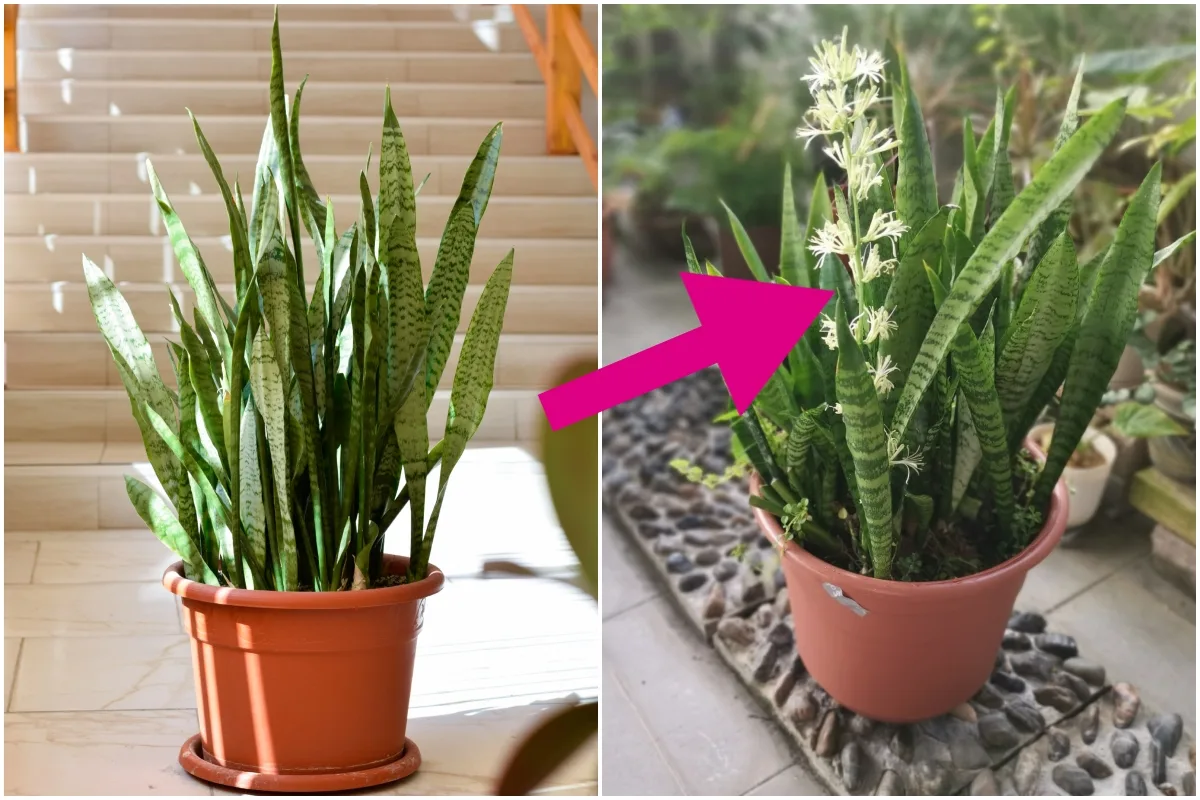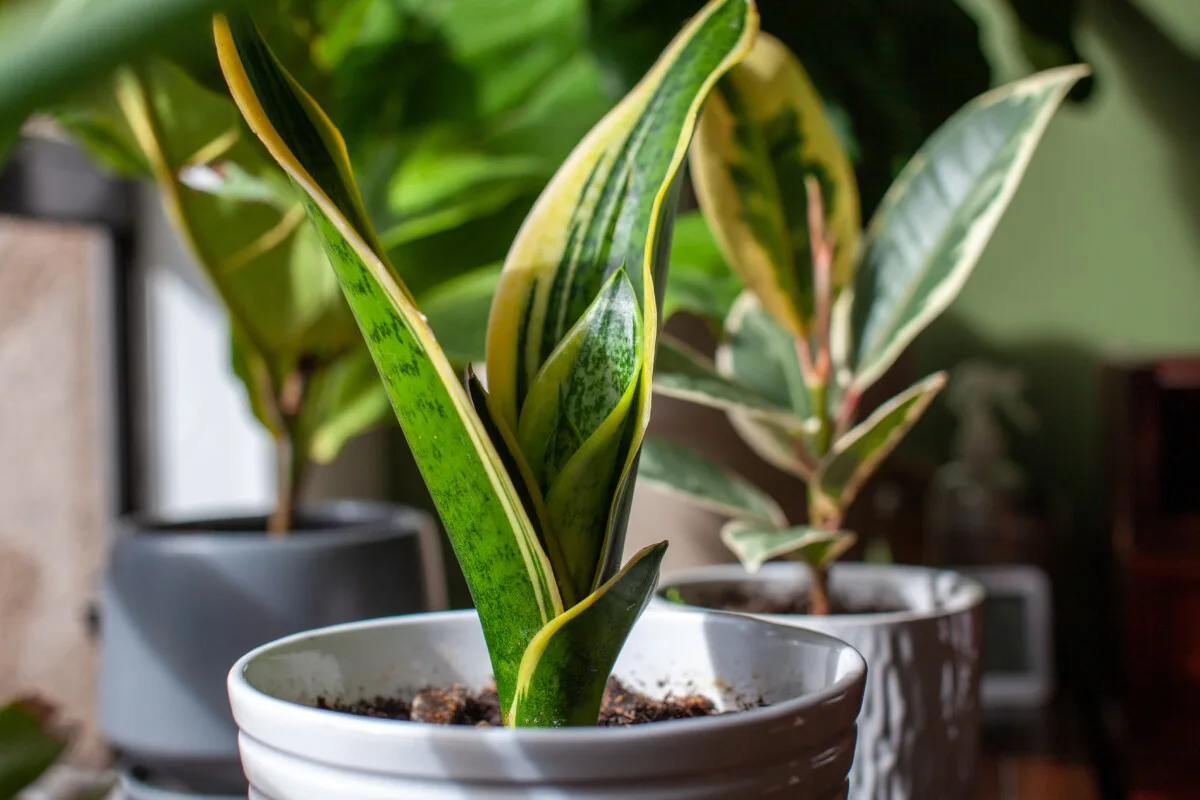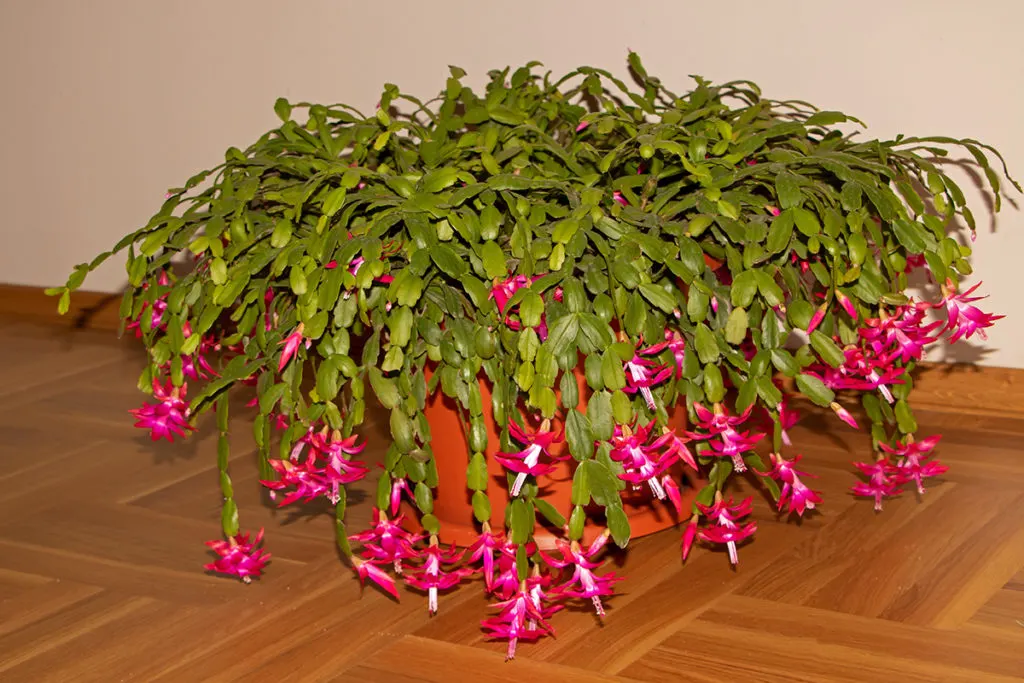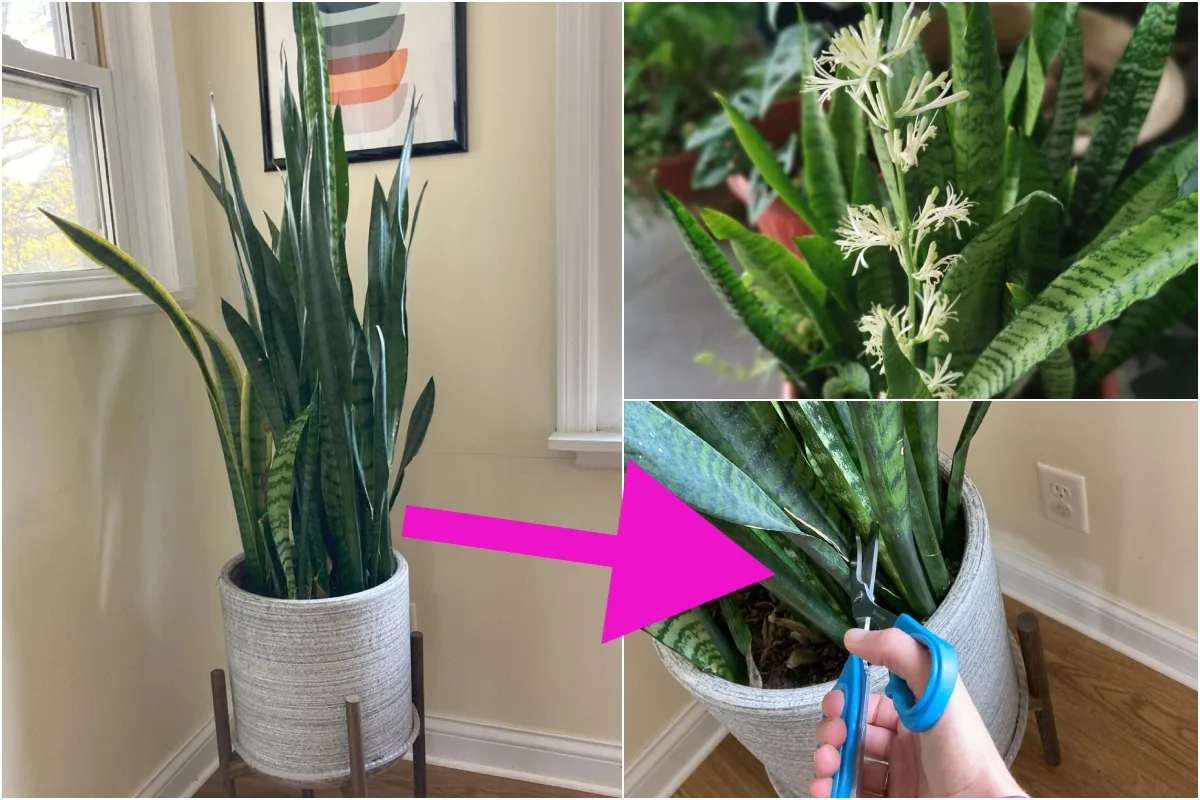
Snake plants are popular houseplants for many reasons. Lovely to look at, easy to keep alive, and slow growing enough to maintain their shape long-term, there’s much to like about this plucky plant.
If you’re new to snake plants, you likely have some questions. How much water do they need? Do certain varieties make for better houseplants than others? And where should you place one in your house?
This article will answer all these questions and more to ensure you learn everything you need to know about snake plants.
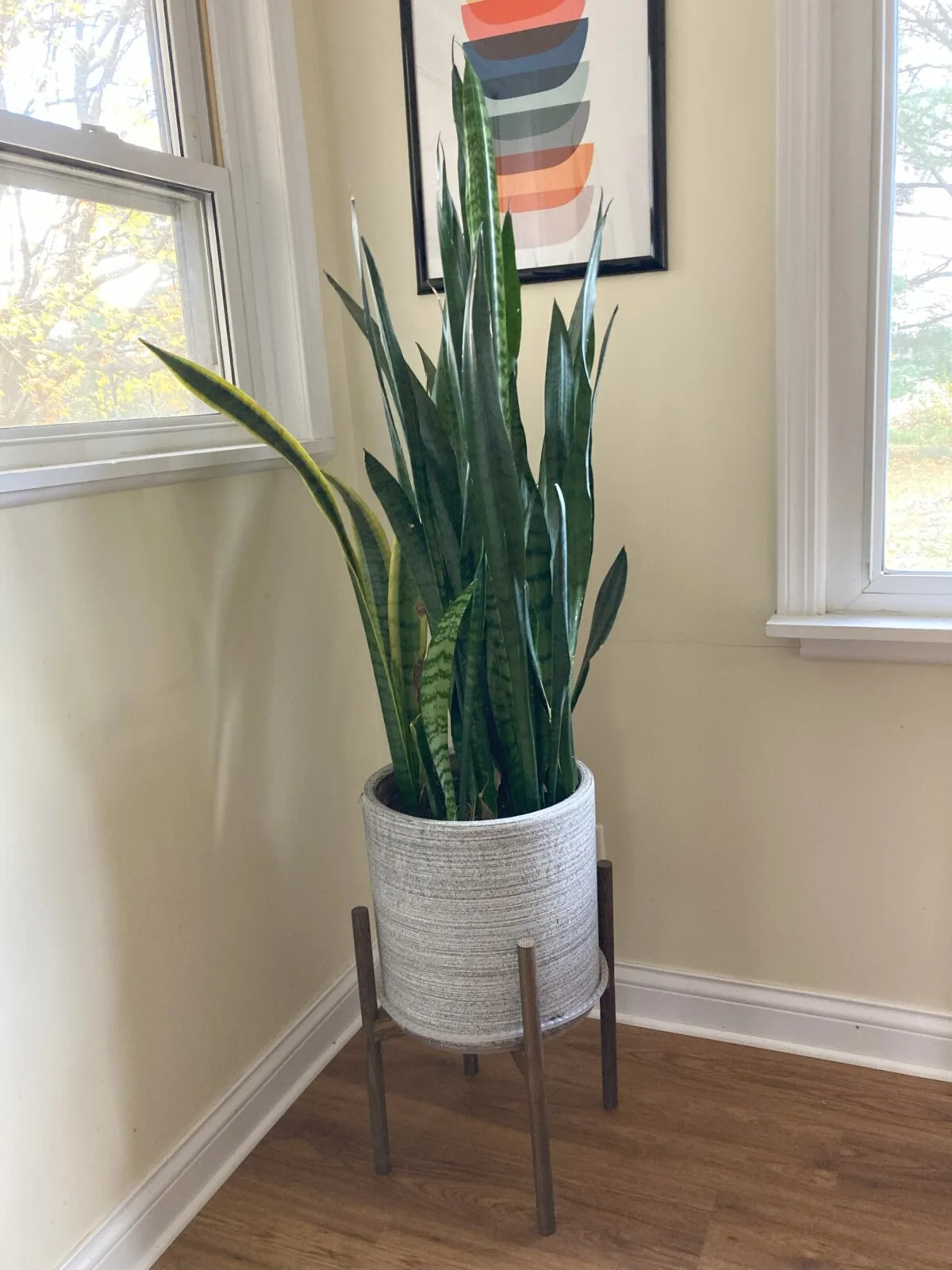
1. They are members of the Lily family (Kind of).
Actually, this simple statement is up for debate. Some recognize snake plants as members of the Sansevieria family, to which lilies belong. But recently, that family has been folded into the Dracaena family, which contains asparagus. Today, you’ll still find both classifications in use, and both are accepted.
2. It’s possible to make them flower.
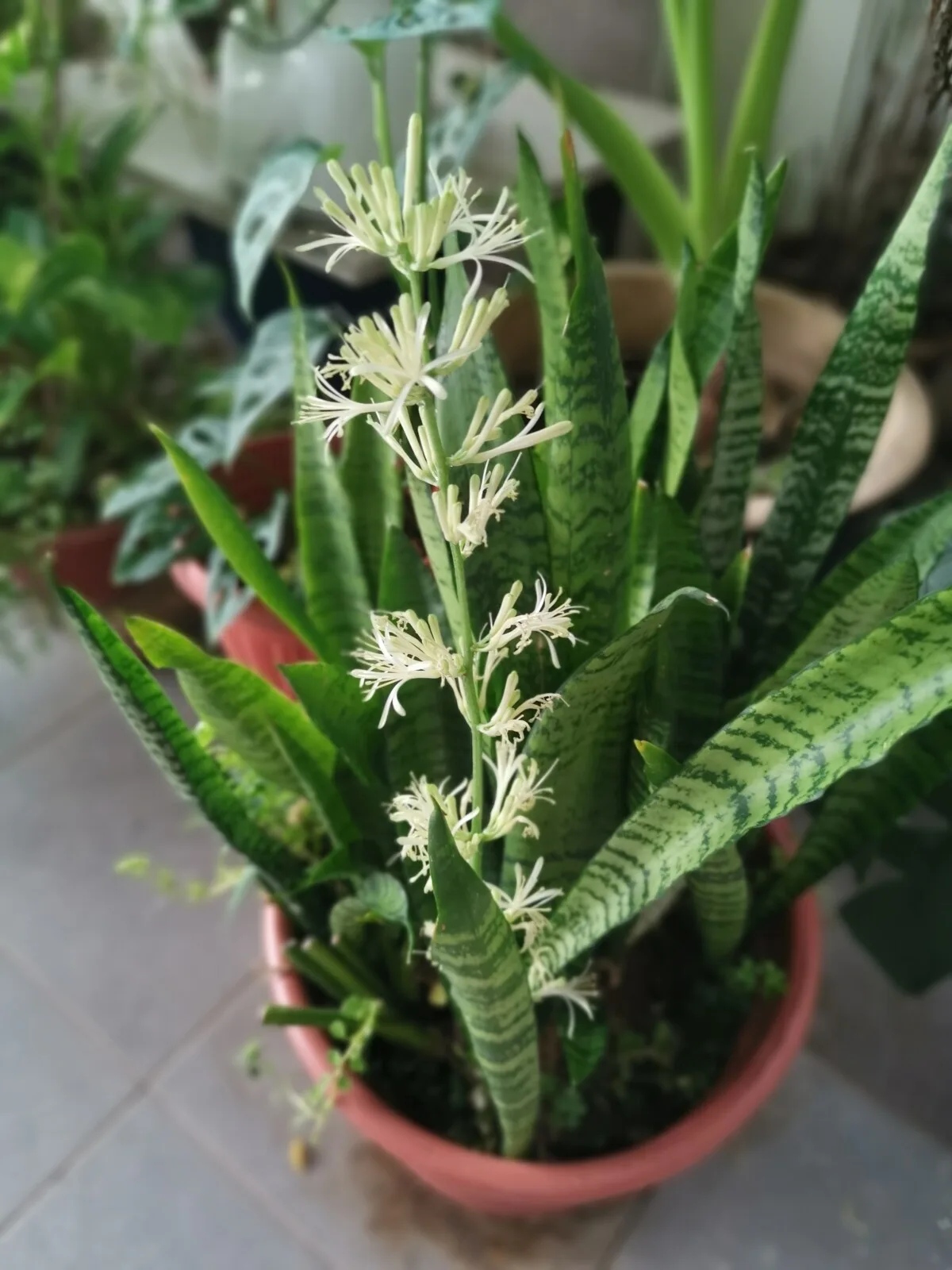
While snake plants are known for their lush green foliage, they will bloom under the right conditions. These delicate, tubular flowers are creamy-white and resemble lilies. In nature, the plants bloom yearly in the spring.
Indoor environments mess with this cycle, but it’s still possible to coax yours into flowering.
The key, as we’ve highlighted in this article, is to cause the plant to experience stress. Giving your snake plant a sense that its cushy life might be in jeopardy will make it put more effort towards reproduction to ensure another generation lives on—meaning flower production.
You accomplish this by switching up the plant’s environment. Boost the amount of light it receives daily (grow lights are a great option) and limit how often you water. Refrain from repotting, as cramped roots can also trigger bloom production.
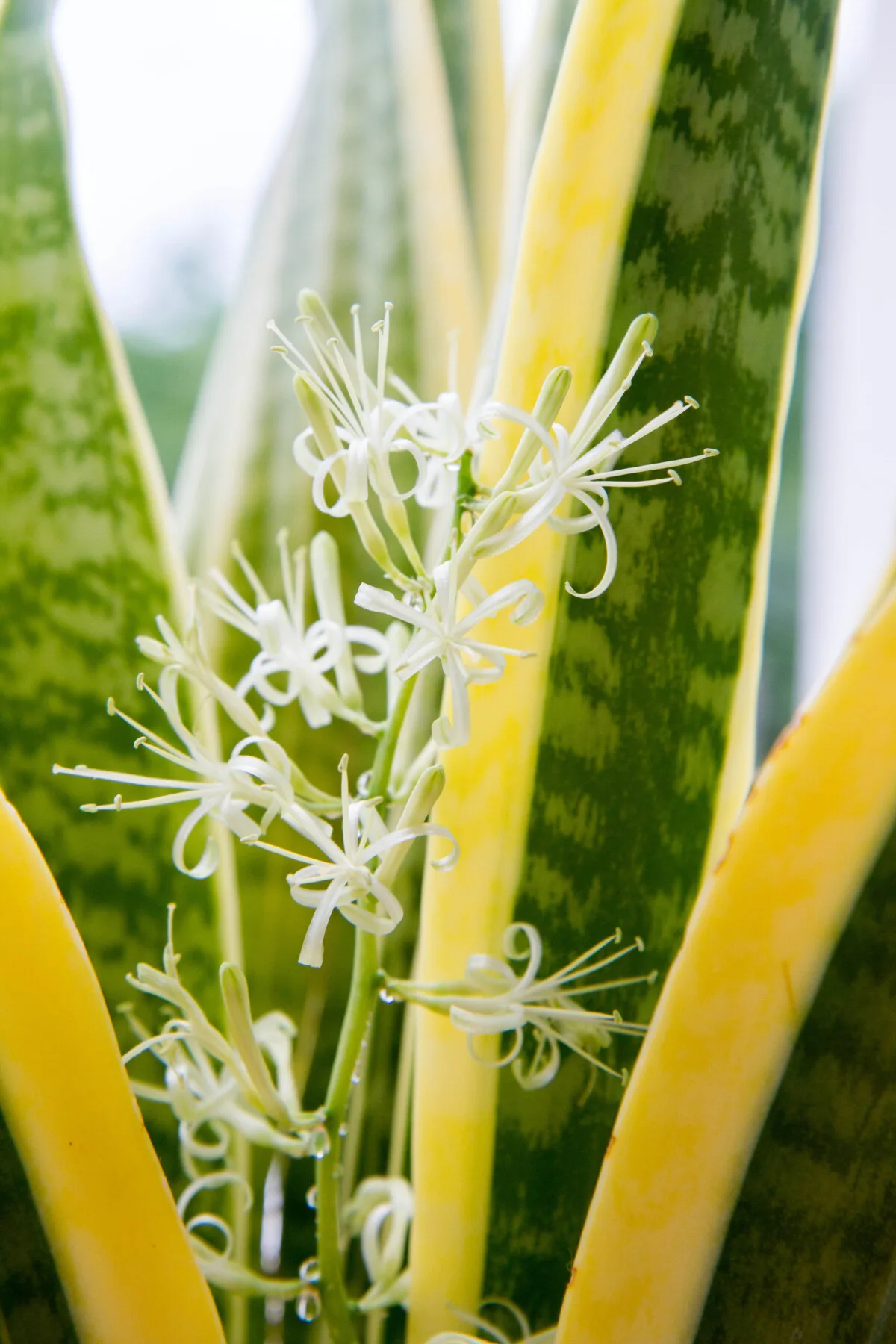
With the right environmental stressors, your snake plant will push out a flower shoot. Observe for signs of flowering—snake plants tend to bloom at night, and the flowers never last long. Once it’s finished blooming, you can return to a standard care routine.
Related Reading:
3. They are slow growers.
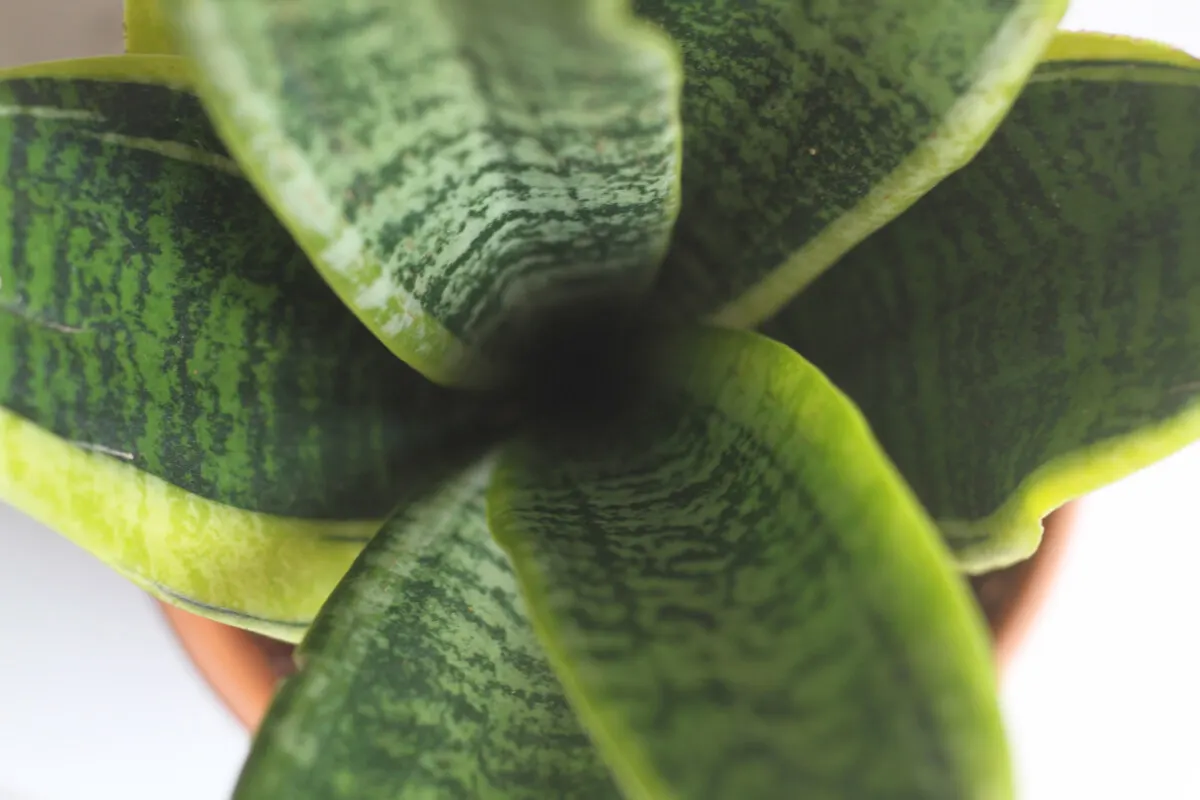
Part of a snake plant’s appeal is that they don’t change quickly. Put one in a pot, and you can expect it to look reasonably identical over the next few months. These slow growers can go through growth spurts during changes in seasons, but in an indoor environment, these changes are small.
Size at maturity will vary based on variety but ranges from dwarf plants that peak at under six inches tall to towering giants that grow over seven feet. The plants usually live for five to ten years, though 25-plus isn’t unheard of.
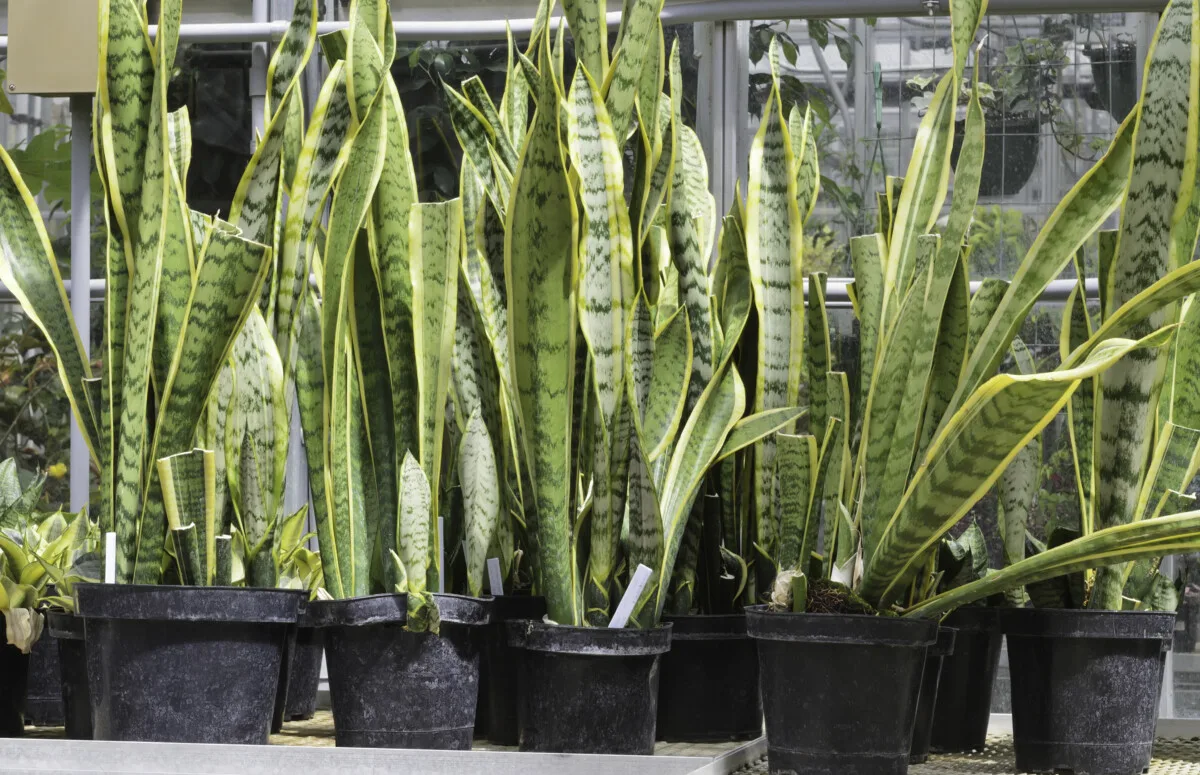
4. Snake plants are a popular “air purifying” houseplant – although their impact may have been overstated
Snake plants saw a surge in popularity thanks to NASA, of all things. The space organization funded a landmark study about indoor air purification that found that plants do an excellent job of removing toxins like formaldehyde, xylene, toluene, and nitrogen oxides from the air.
Note: some websites report that the study found snake plants make it possible for humans to survive in an airtight room. This is NOT true.
Snake plants stand out from other varieties because they can perform Crassulacean Acid Metabolism (CAM). Essentially, they can convert CO2 (carbon dioxide) into O2 (oxygen) at night, while most plants only do so during daylight hours.
This makes them popular in bedrooms, especially in homes with minimal airflow. It’s a common trait among succulents and other plants that evolved in arid conditions.
If you’re interested in learning more about the NASA air purifying houseplants study and why it might actually have been the soil and not the plants that removed the contaminants, take a look at Rural Sprout editor, Tracey’s, article here:
5. They are hard to kill and easy to maintain.
Snake plants deserve to be a contender for the “easiest houseplant on the planet” award. Once you have one, you can largely ignore it.
Really. The plants almost do better in a state of moderate neglect.
Start your snake plant out well by placing it near a north or east-facing window. This ensures it gets bright but indirect light. But no sweat if that’s impossible—this hardy variety is known for tolerating both low light and direct sun.
Depending on your climate, you can start yours outdoors in the spring and move it inside once the weather turns in the fall.
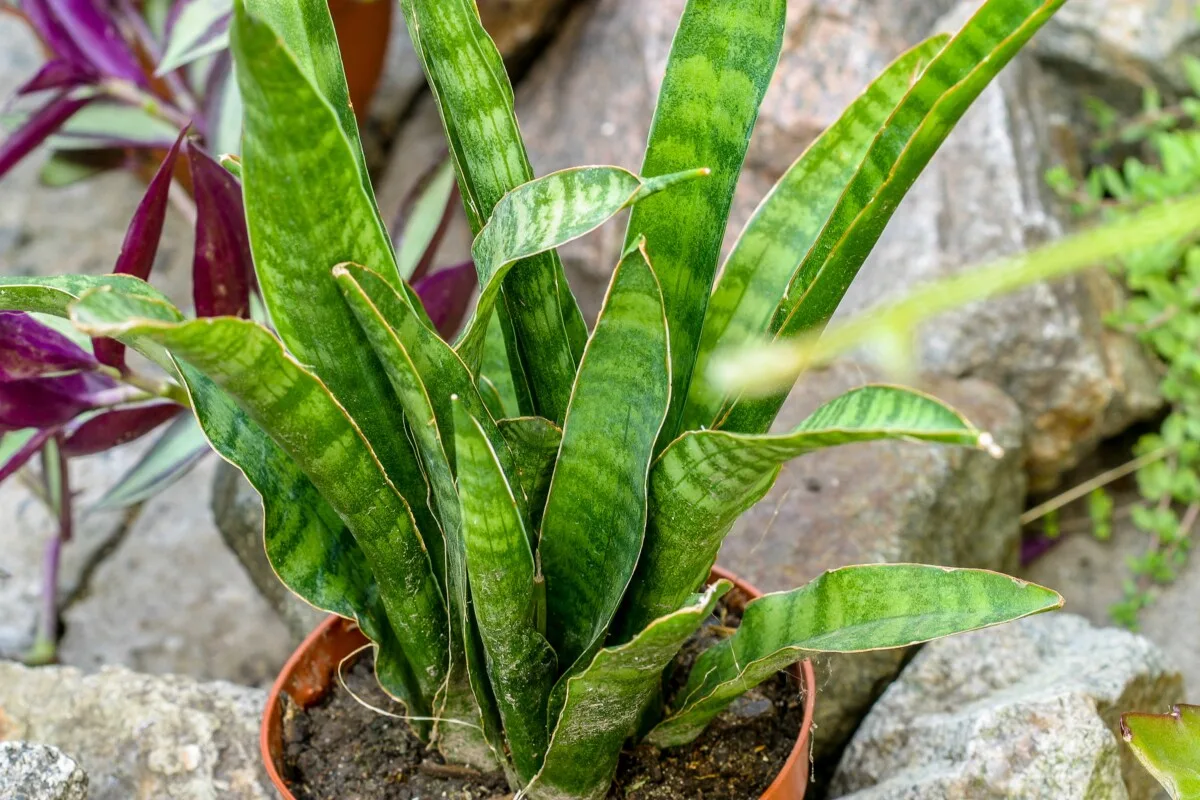
A standard houseplant soil blend works perfectly—they thrive with a nutrient-rich potting mix with good drainage to prevent root rot (more on that later). If the plant seems piqued, apply a fertilizer watered down to half strength. Monthly infusions should be enough to restore its perkiness.
Snake plants thrive in arid climates. As such, they don’t need much water. In fact, too much moisture is one of the quickest ways to kill them. The plants have shallow root systems and will develop yellowing leaves if they sit in water too long.
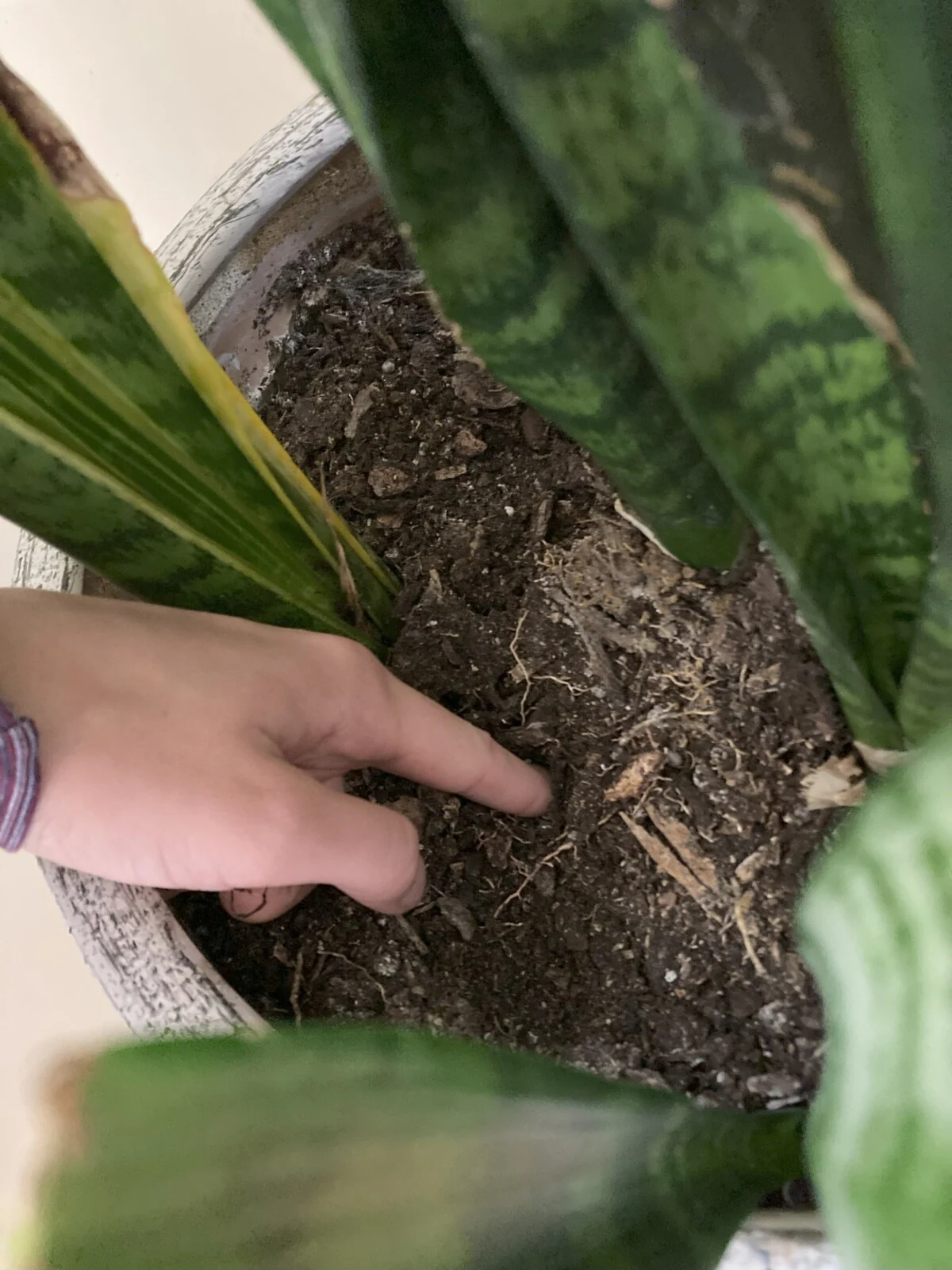
Plan to water a few times a month during the growing season while ensuring the soil has time to dry out. In the winter, you can limit watering to once a month or less.
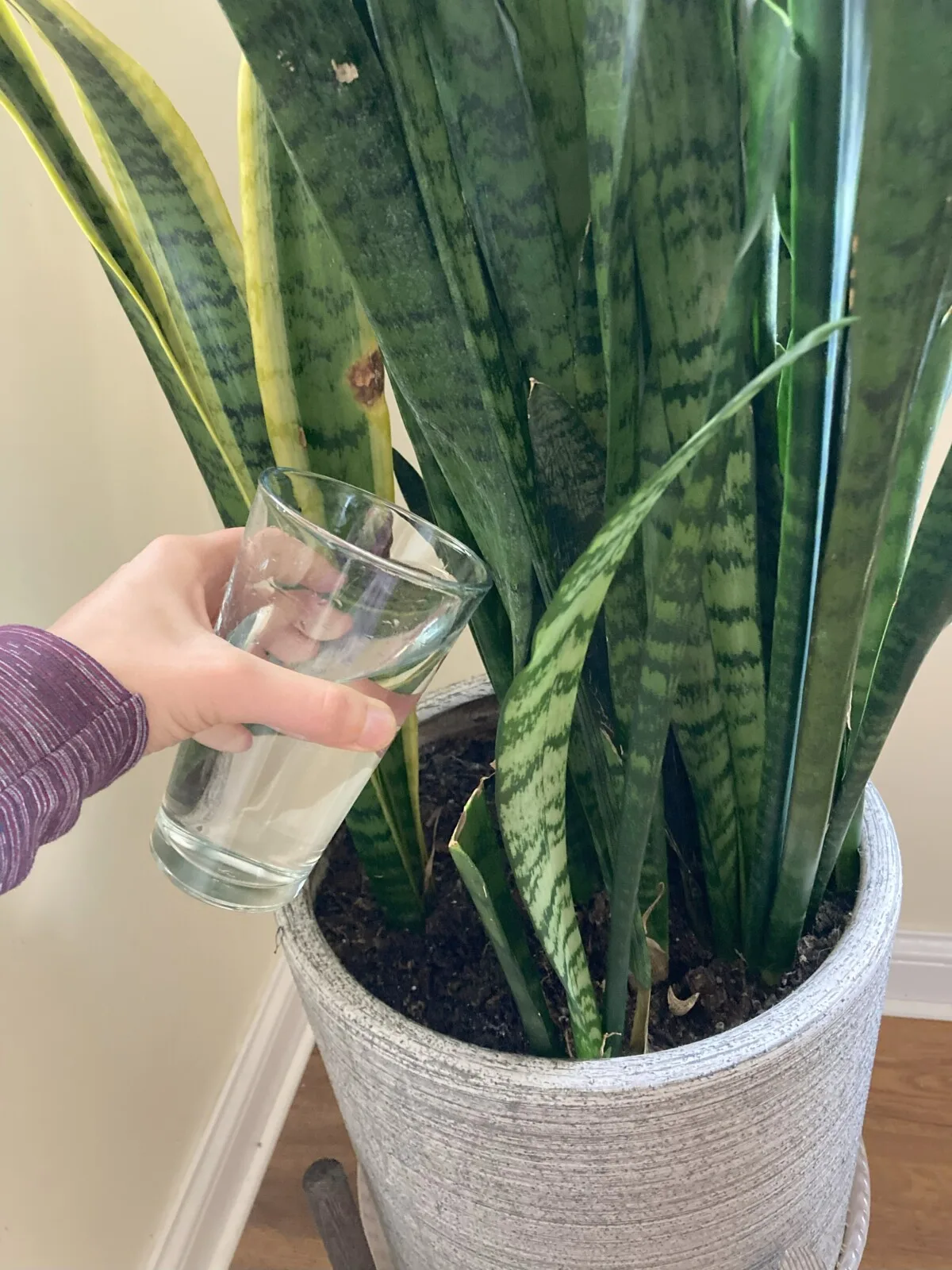
6. Repotting usually isn’t necessary.
Since snake plants are such slow growers, they can stay in the same pot for years without issue. You must only consider replanting if you see roots pushing against the edges or out the bottom.
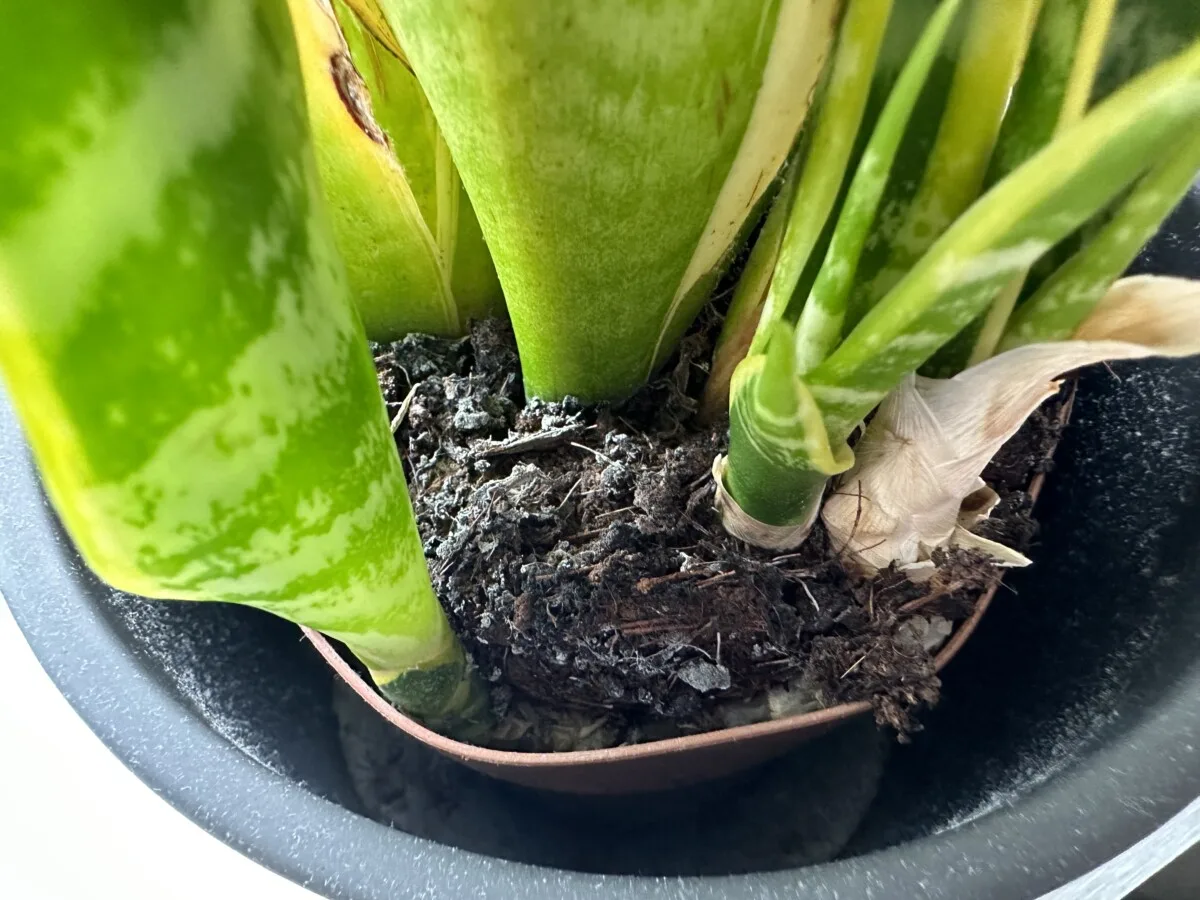
When repotting, remove the plant and gently massage its roots to loosen them. Fill the new pot with fresh soil and bury the roots in it. Ensure you give the plant a good soaking to settle it into the soil.
7. Over 70 snake plant varieties exist.
There are more snake plant varieties than meets the eye. Most potted plants sold in nurseries are the trifasciata species (nicknamed mother-in-law’s tongue), known for their variegated and thick, sword-shaped leaves that come in various colors and patterns.
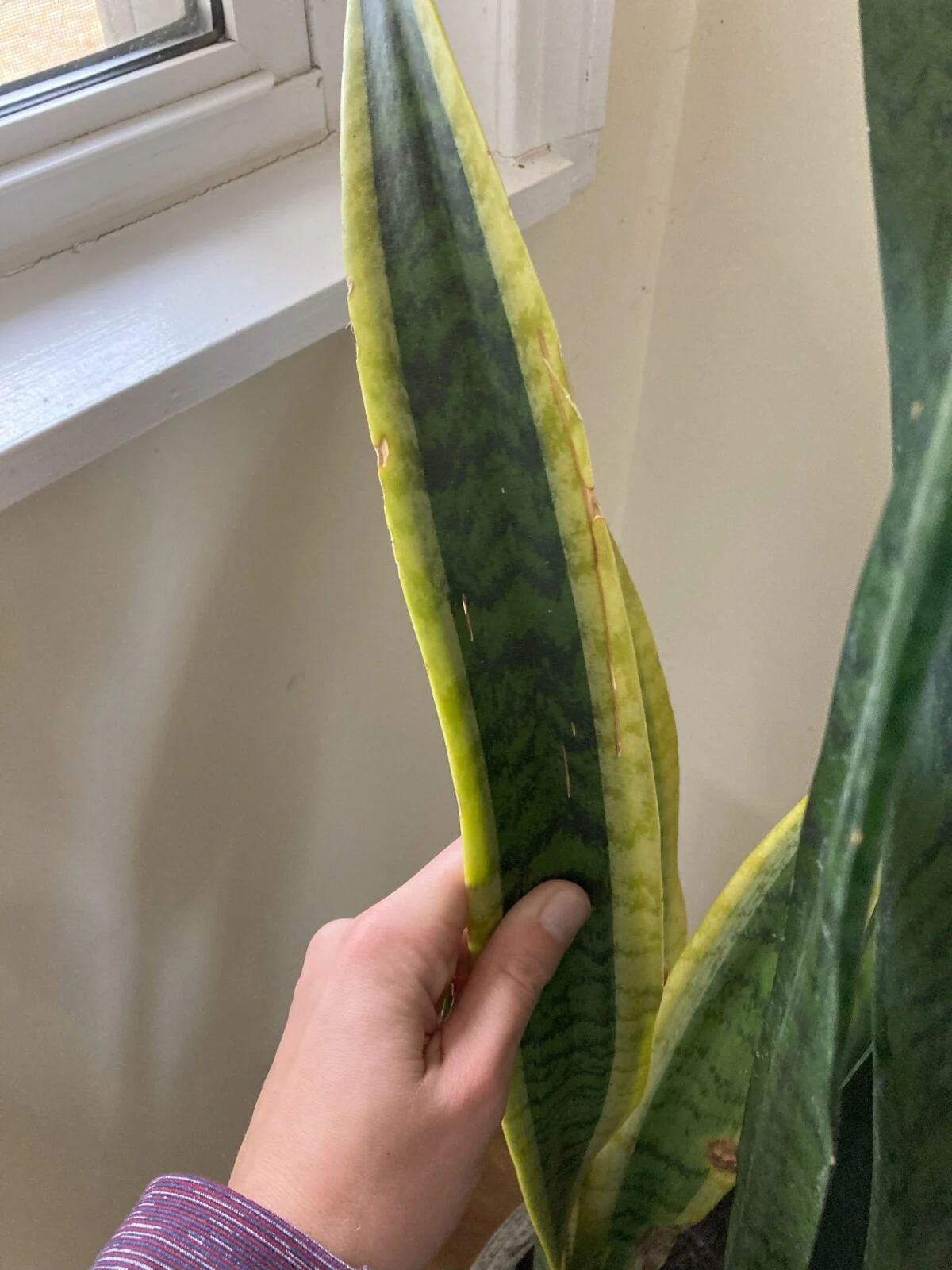
However, snake plants are more diverse than this single family. A few popular varieties include:
Bird’s nest snake plant (Sansevieria trifasciata hahnii): At just six inches tall, the bird’s nest grows leaves in clusters that form a shallow cup, similar to a bird’s nest. They pair well with succulents for indoor displays.
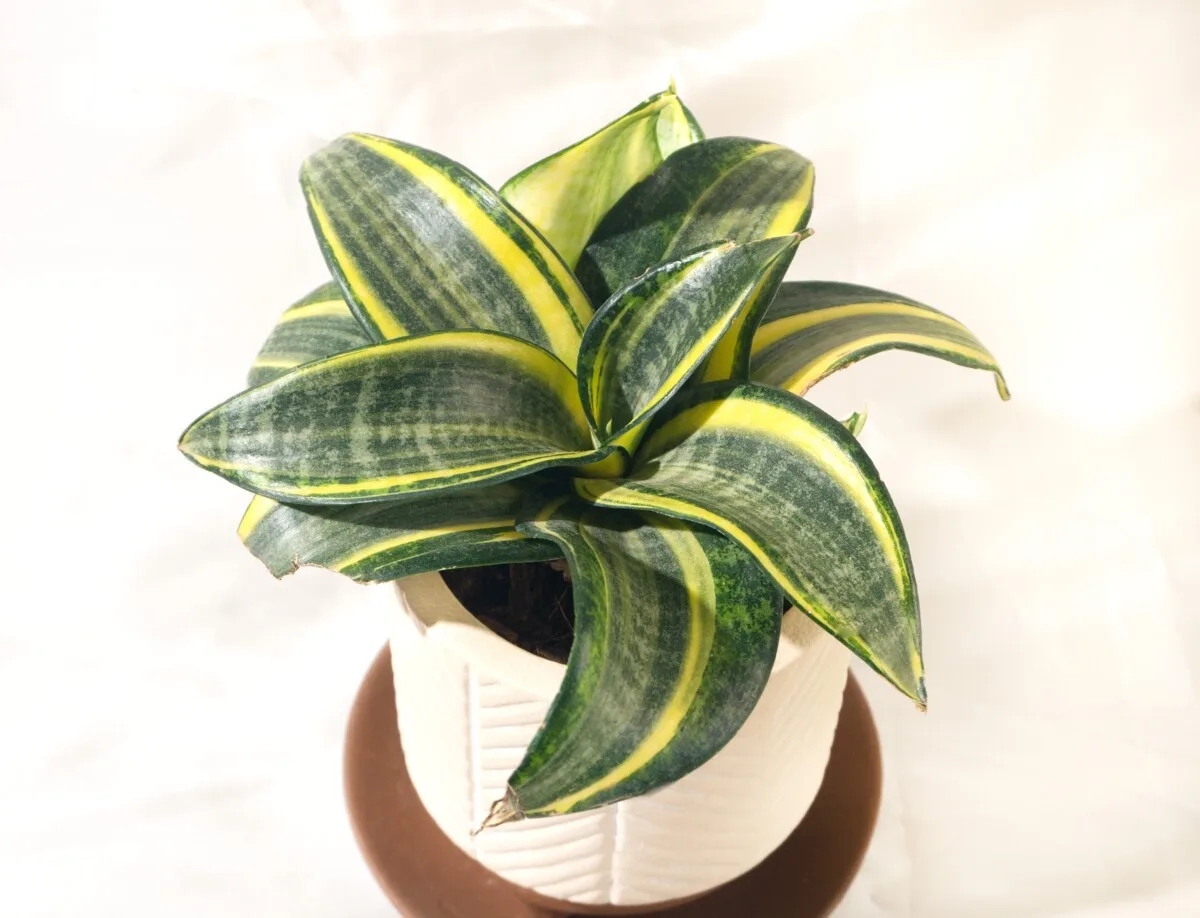
Cylinder snake plant (Dracaena angolensis): known for its dark green, tubular leaves that can reach up to seven feet tall.
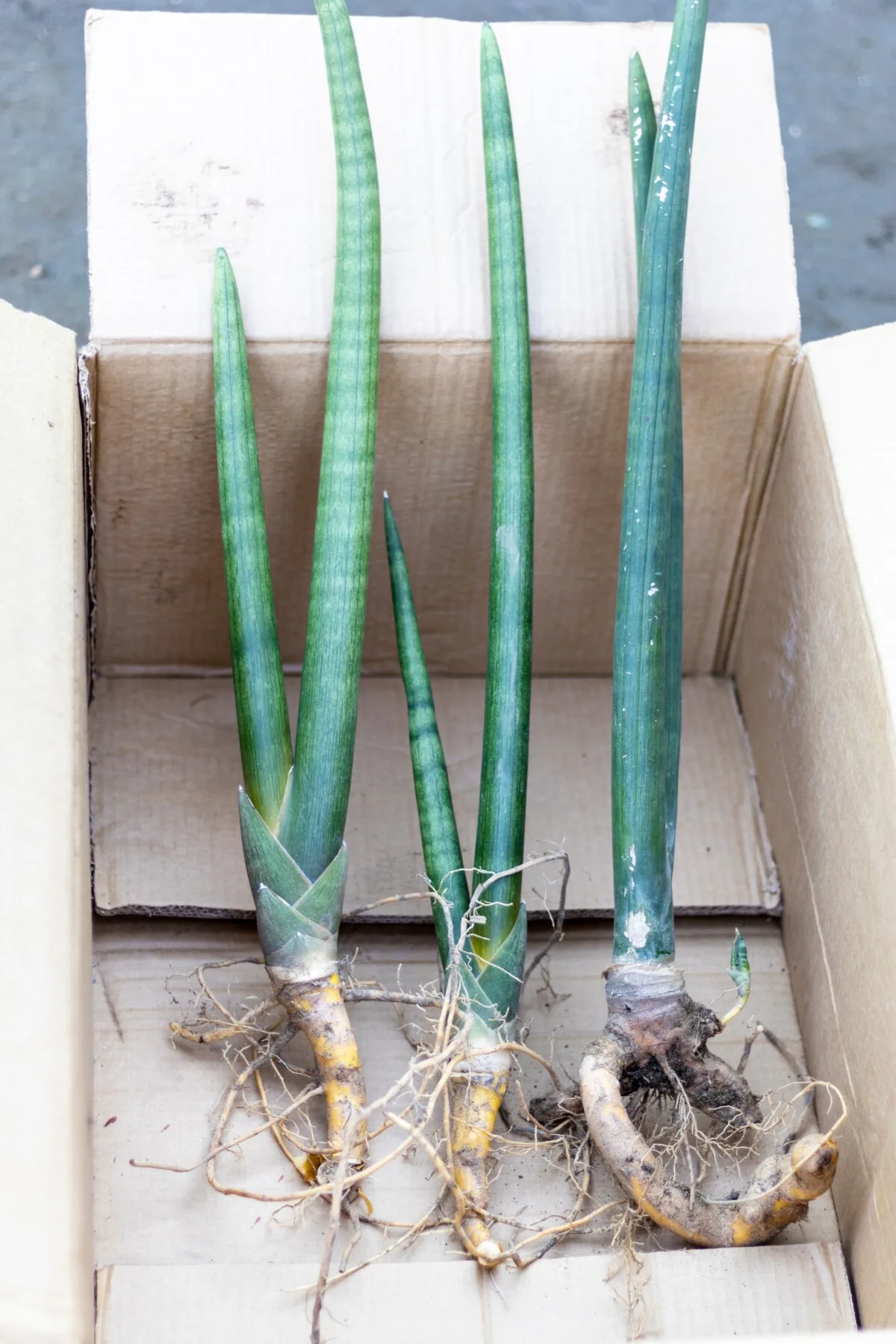
Moonshine (Sansevieria trifasciata ‘Moonshine’): Short and silvery green, moonshine snake plants produce thin, broad leaves.
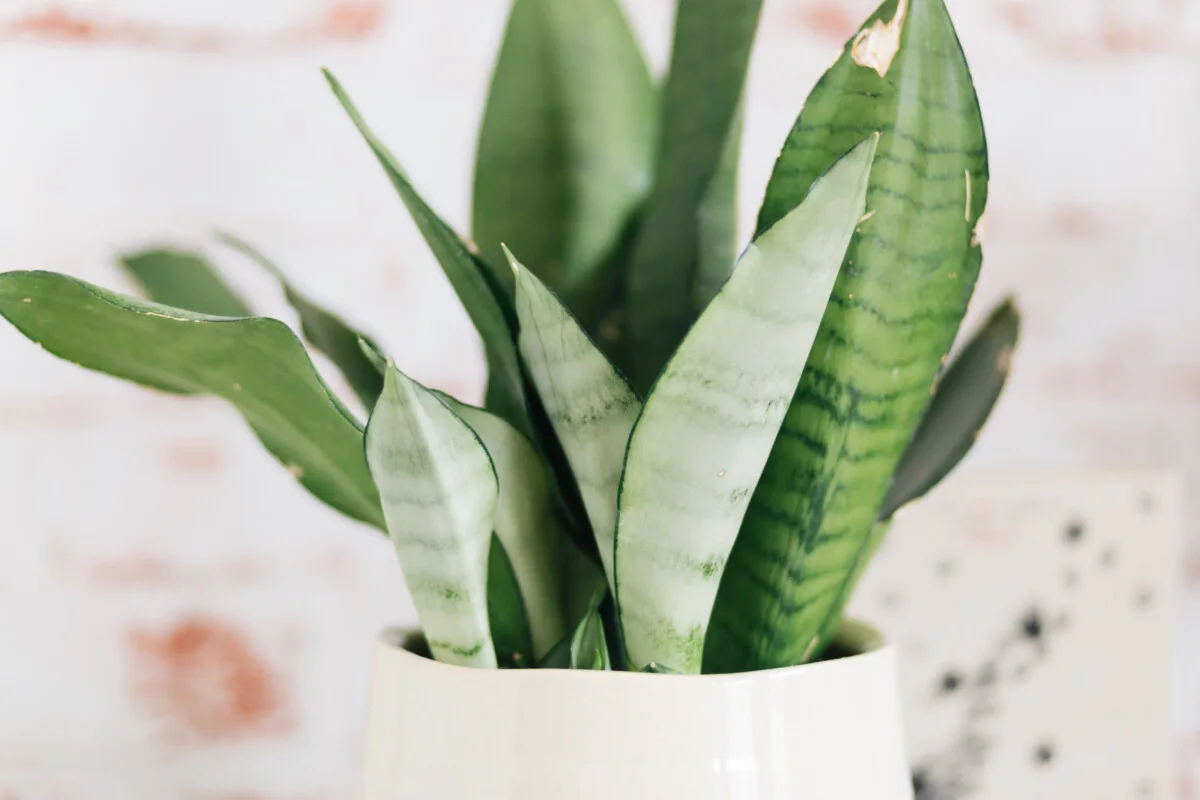
White snake plant (Sansevieria trifasciata ‘Bantel’s Sensation’): also known as “Bantel’s Sensation,” this pale-green plant grows to approximately three feet tall and has pale white and yellow vertical stripes.
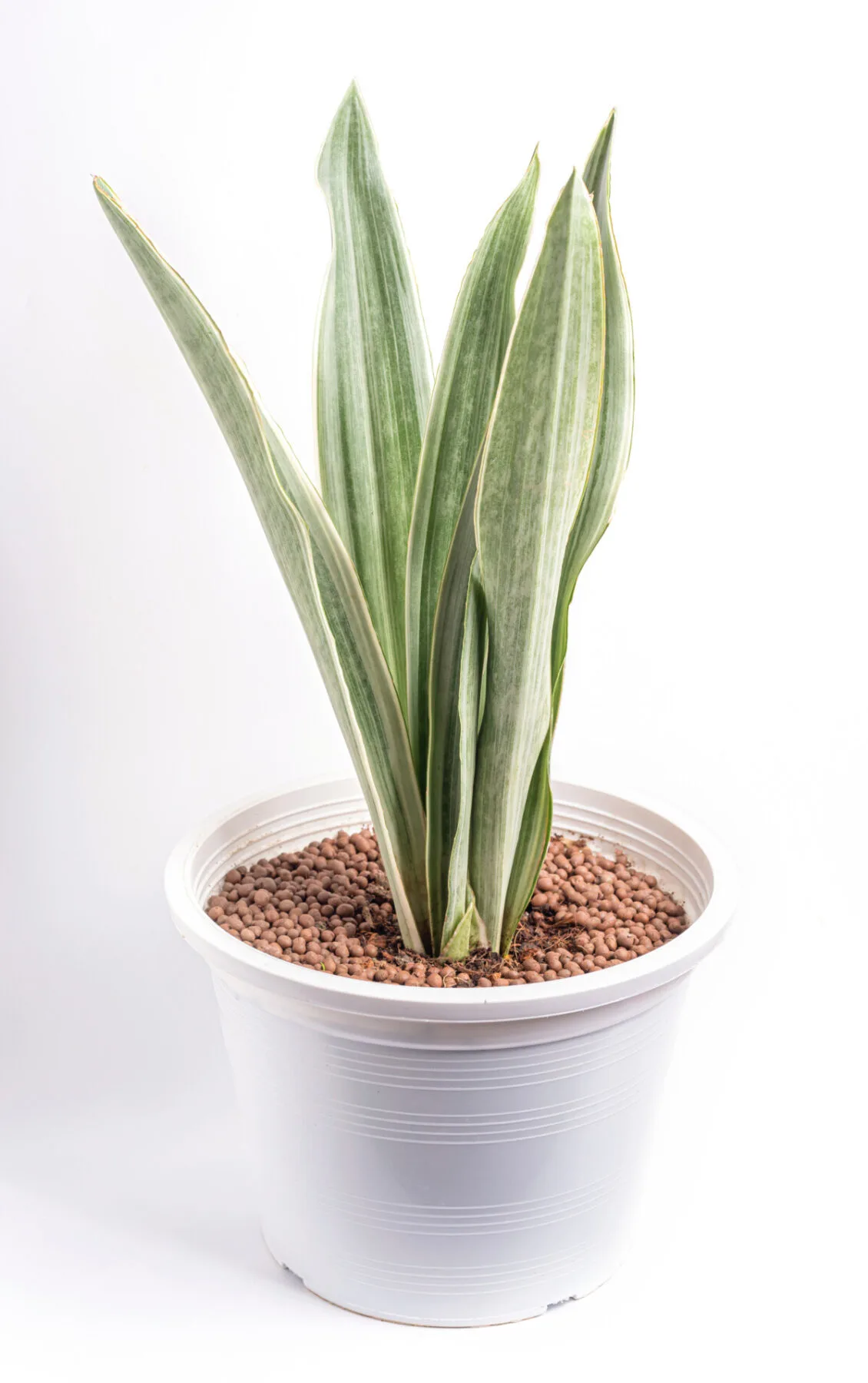
Twisted sister (sansevieria trifasciata ‘twisted sister’): a dwarf cultivar of snake plant that maxes out at 15 inches and whose yellow-green leaves grow in whorls.
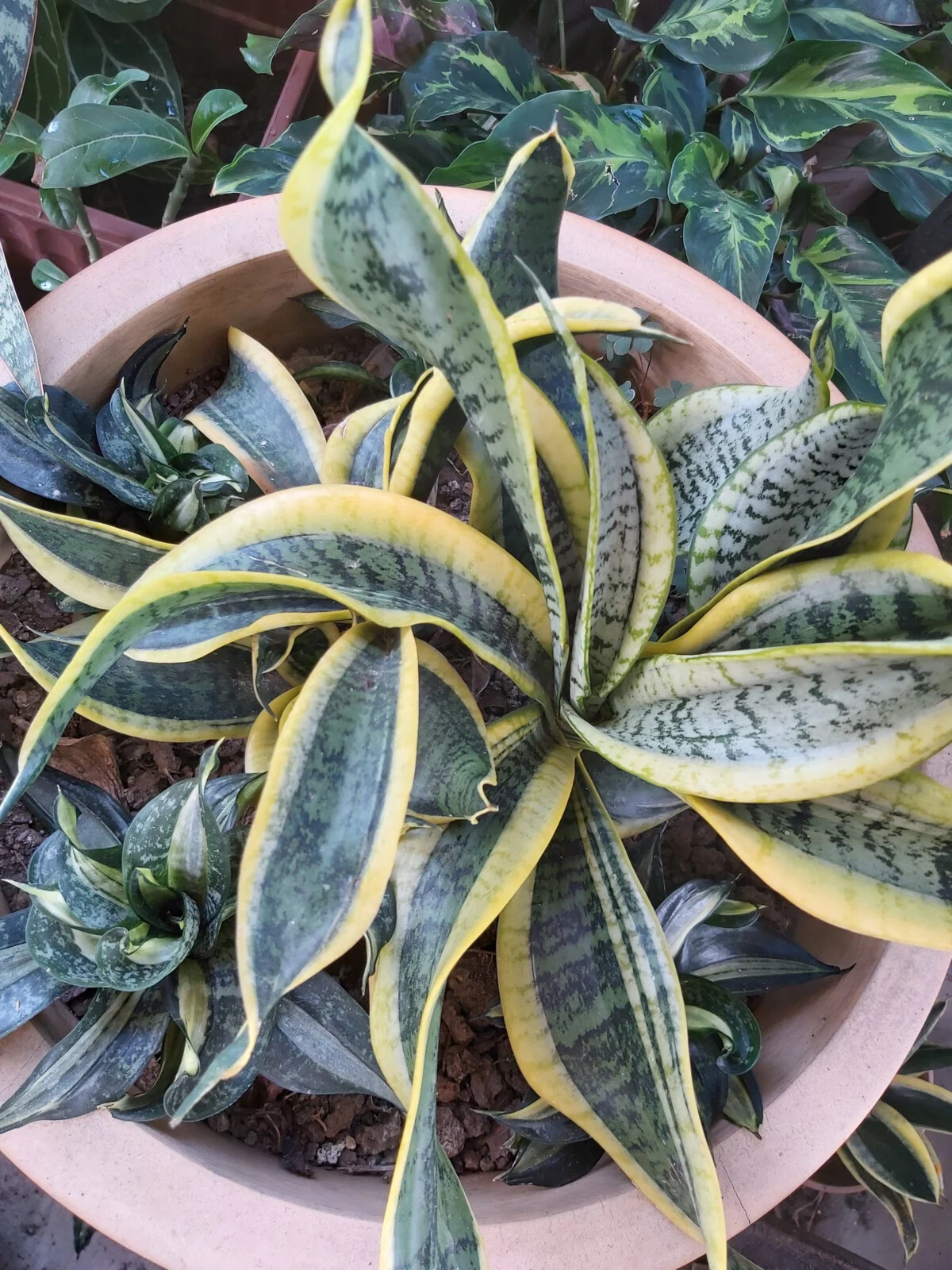
Golden Hahnii (Sansevieria trifasciata ‘Golden Hahnii’): These squat succulents produce short leaves with bright yellow borders.
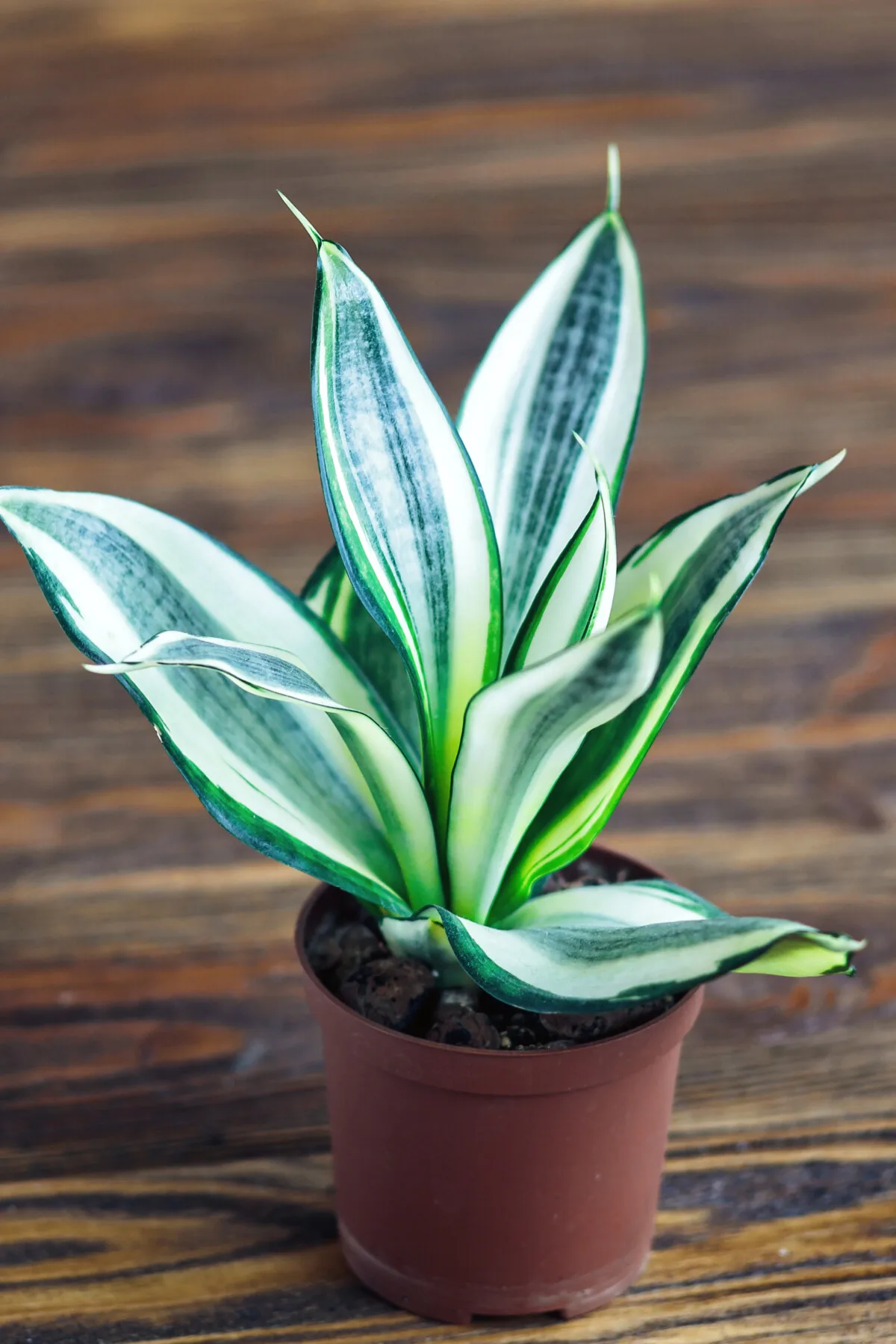
Rhino grass (Sansevieria pearsonii): A fan-like growth habit and thick, tubular leaves make rhino grass a show stopper. It tops out at twelve inches tall.
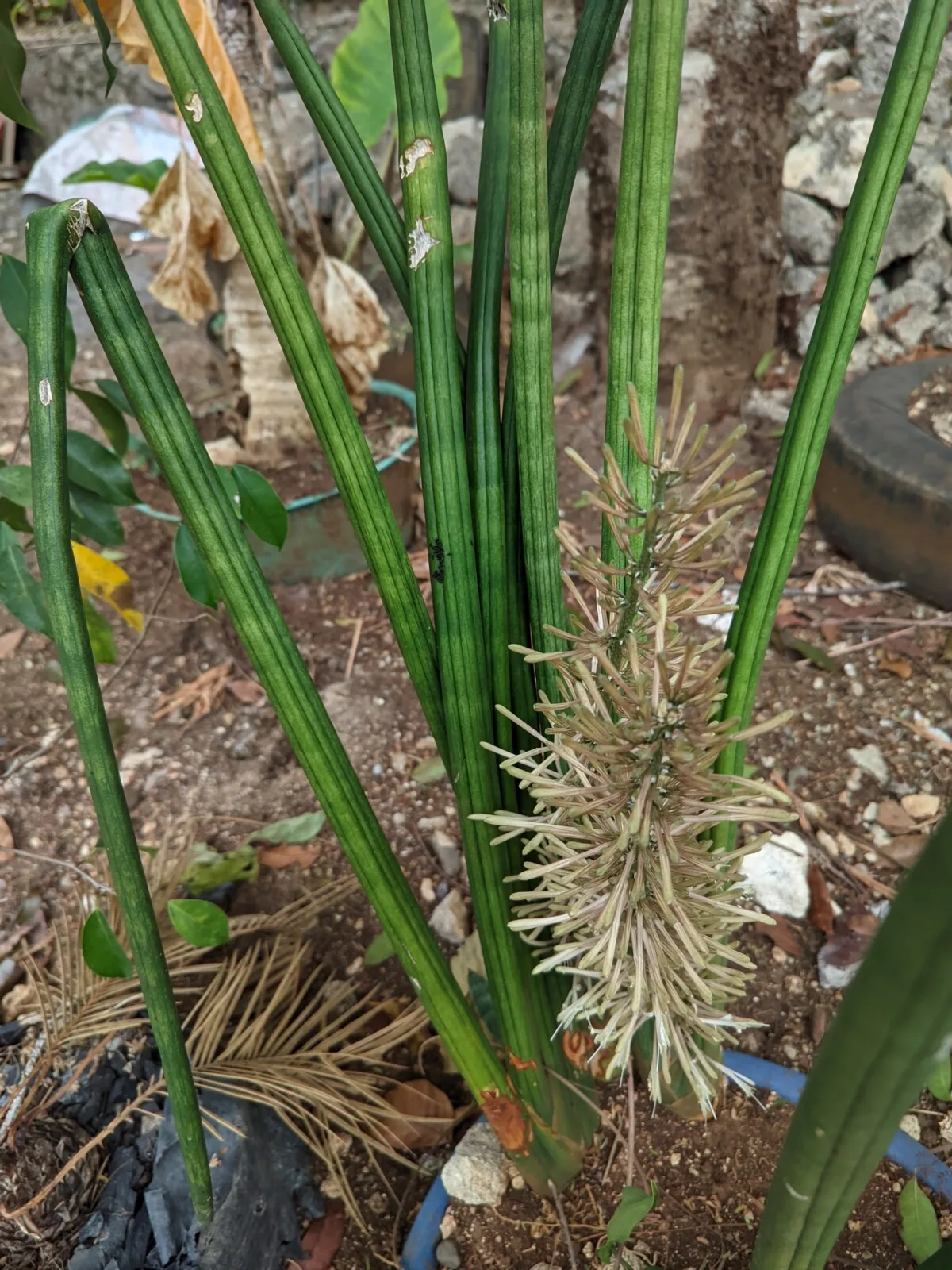
8. It’s easy to grow snake plants from cuttings
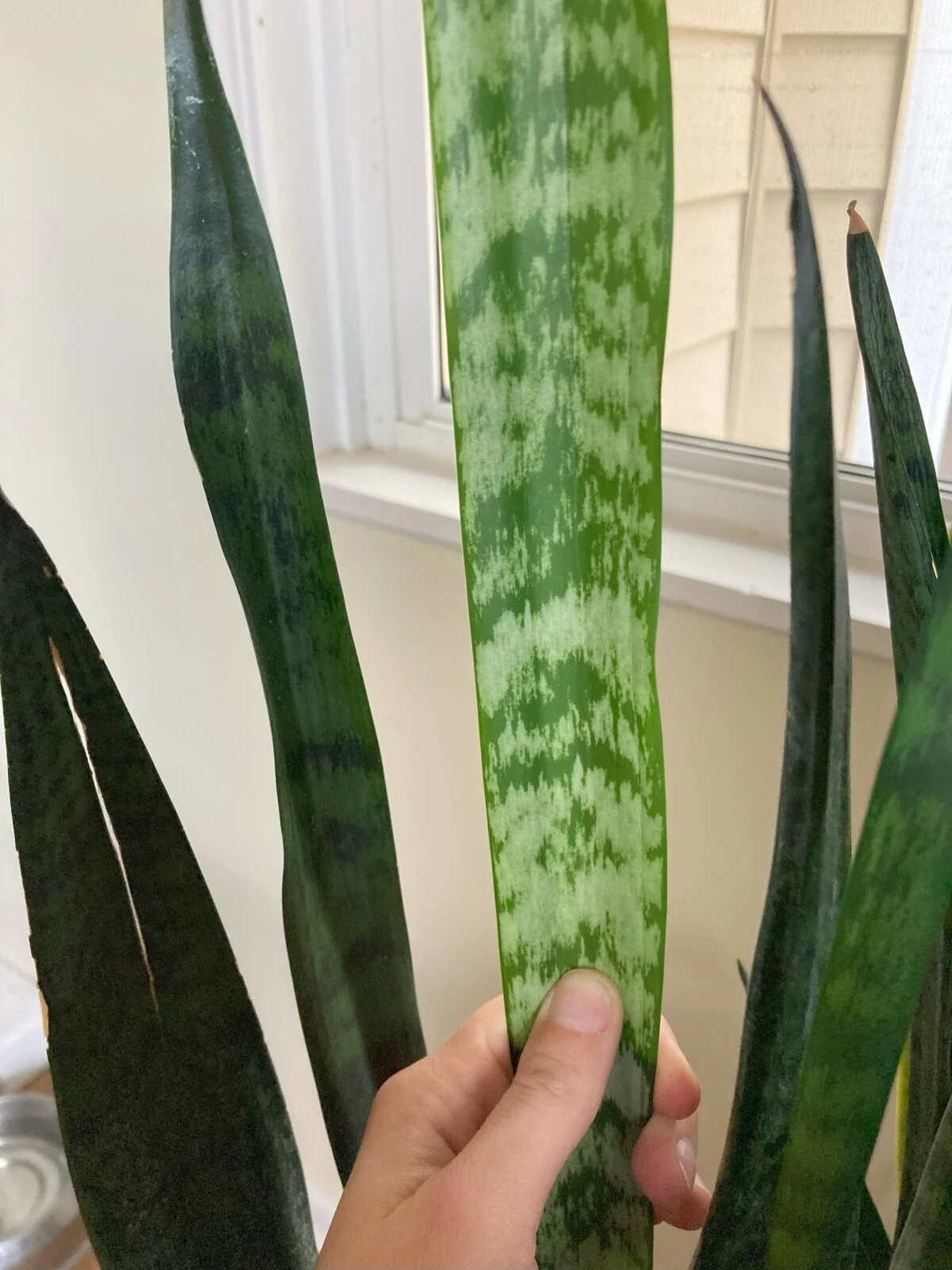
Already own one snake plant? It’s an easy process to multiply it through cuttings. You can take leaf cuttings from a mature plant or divide up plant roots for a more efficient split. The roots produce rhizomes that you can remove with a sharp knife and pot separately to grow into new plants.
Tracey walks us through four different ways of propagating snake plants and how to do it in this article.
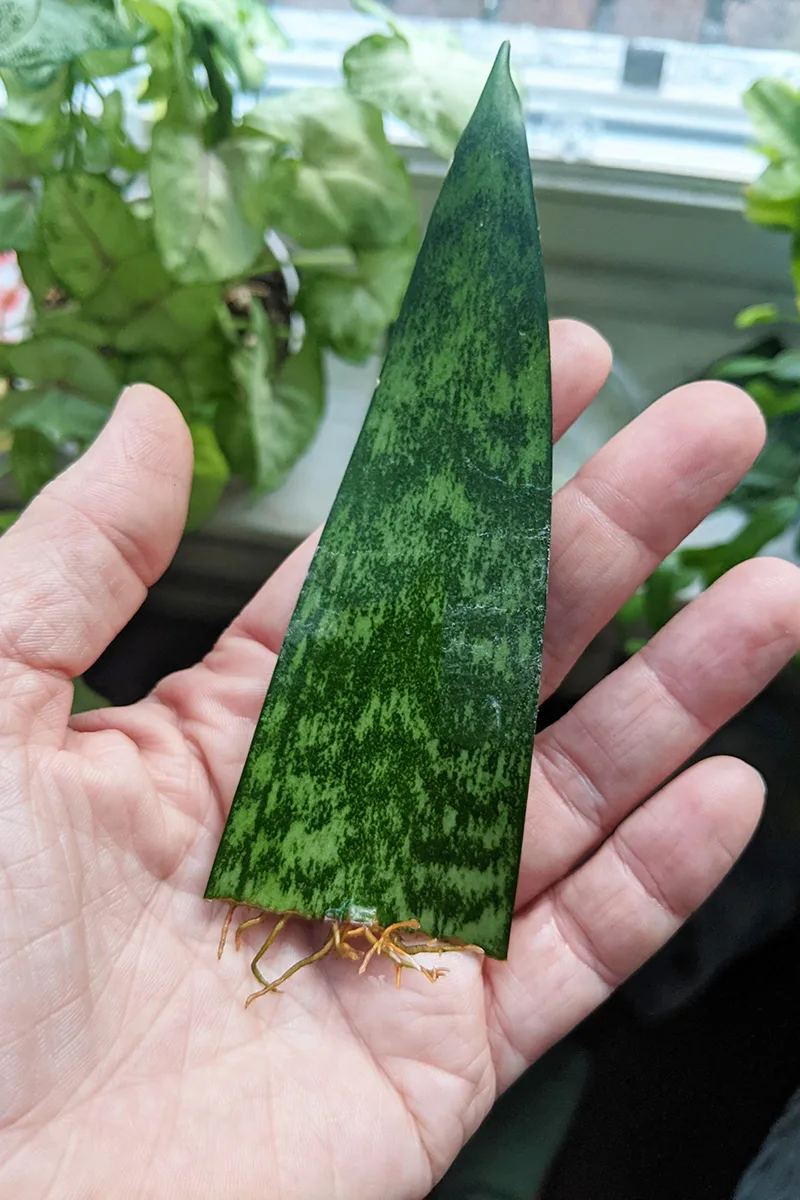
Leaf cuttings can rot quickly, so it’s vital to water their pots infrequently and ensure they are in well-drained soil as they get established.
To take a leaf cutting, use a sterile cutting tool to remove a large leaf at its base. Submerge the cut end in a jar of water and place it in a partly sunny location. Change the water out every two weeks until roots start forming, at which point you can plant it. Alternatively, you can leave the cut end exposed for 24 hours so that it forms a callous. Then, pot it cut-end down into fresh potting soil.
Note: Never divide a plant before the leaves are at least four inches tall.
9. The primary health concern is root rot.
Snake plants are stress-free. They rarely develop pest and disease problems, although infestations of mealybugs, aphids, or spider mites are possible. If you see signs of insect damage, a few treatments with an insecticidal soap should be enough to get them under control.
A far more pressing problem will be root rot, which occurs when these arid-loving plants receive too much water. Prevention is your best strategy. Only water snake plants when the soil feels dry a full finger-length down, and repot plants in fresh soil if you see wilting or yellowing leaves.
Remove as much of the old soil as you can from around the roots to reduce the risk of spreading fungal spores into fresh soil.
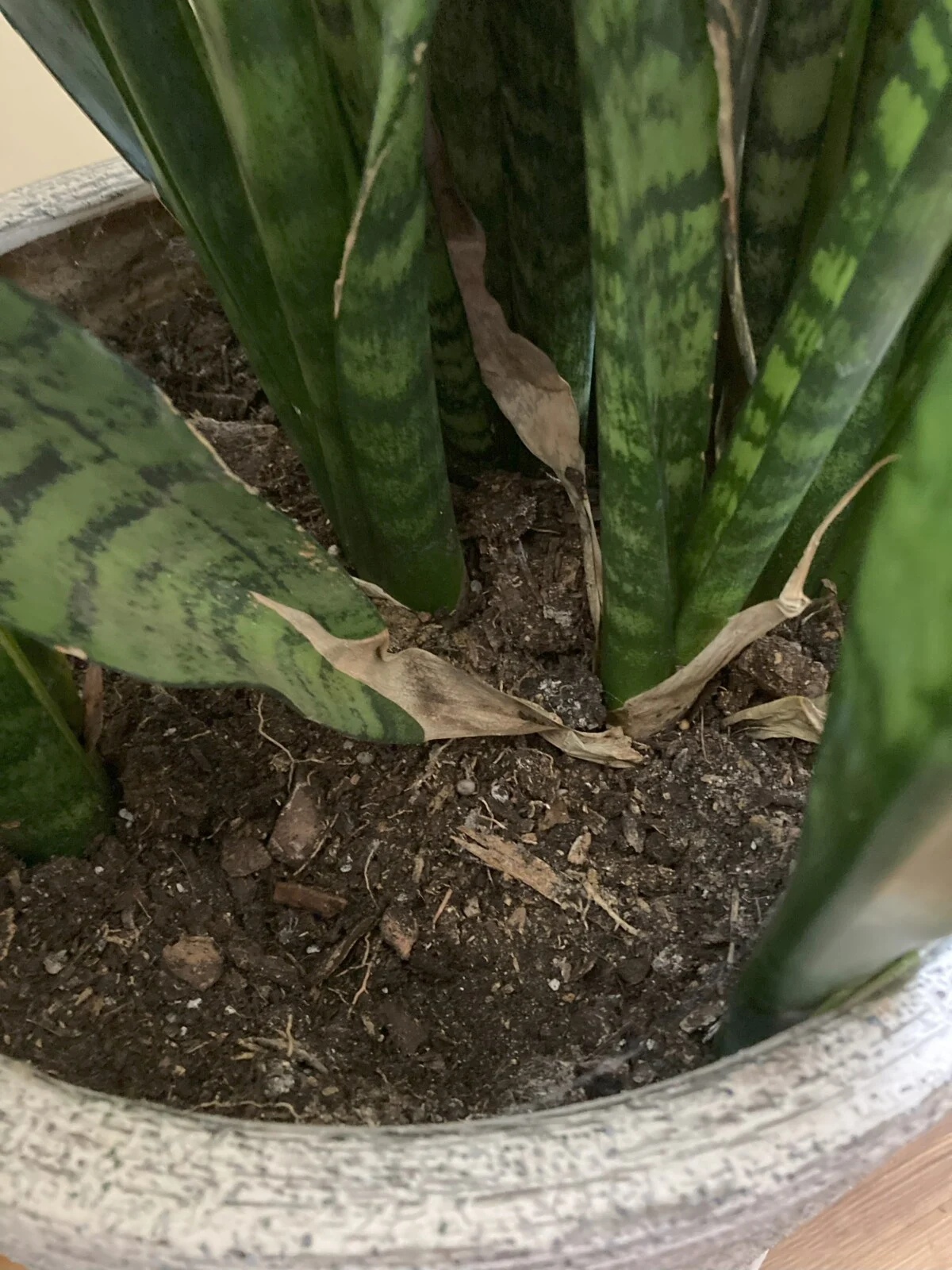
10. Pruning is sometimes necessary.
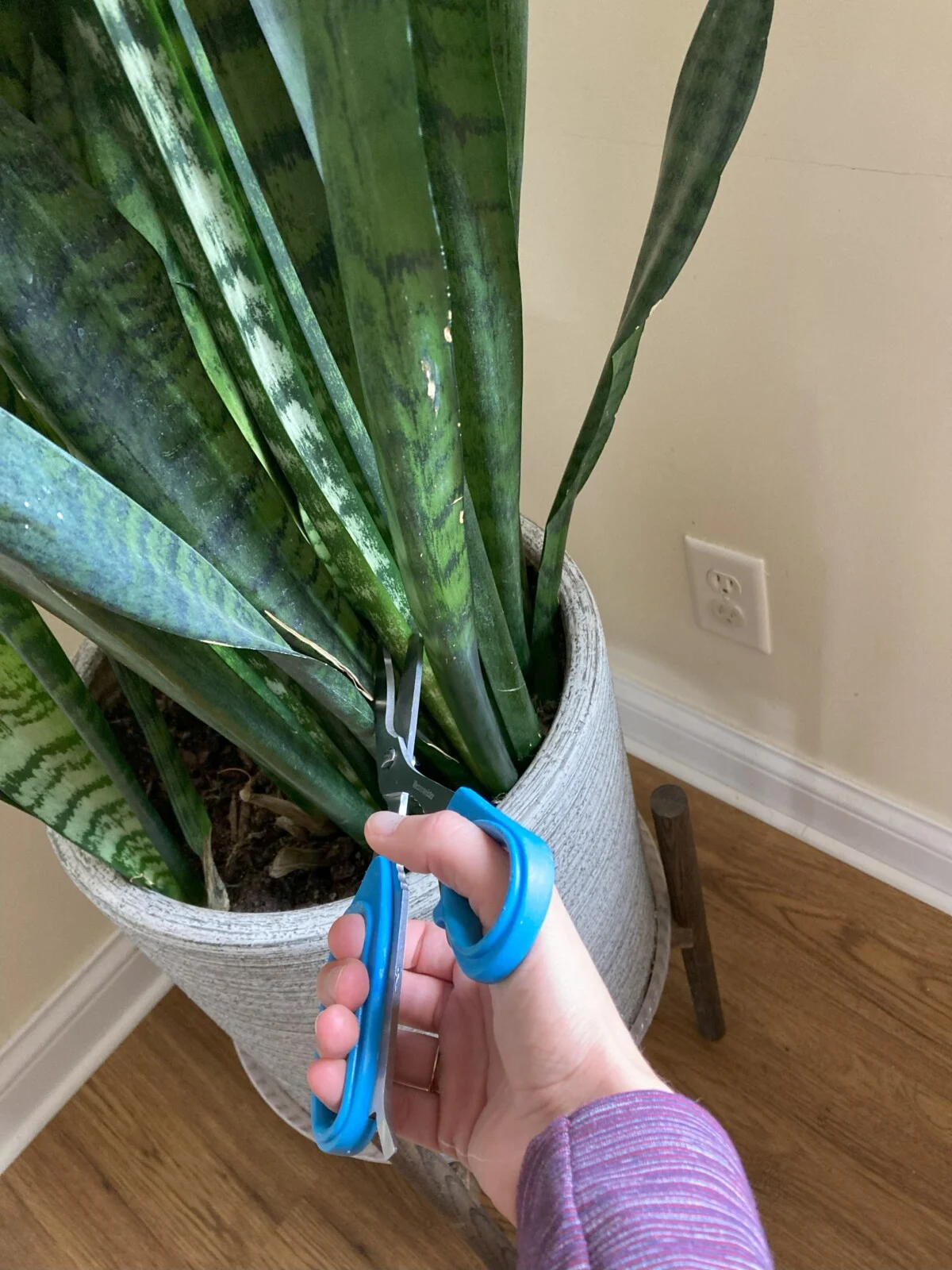
Thanks to their slow growth and vertical structure, snake plants rarely get unwieldy. Even so, you may someday find yourself with more plant than desired or unsightly damaged leaves that need removing. Thankfully, pruning is an easy process.
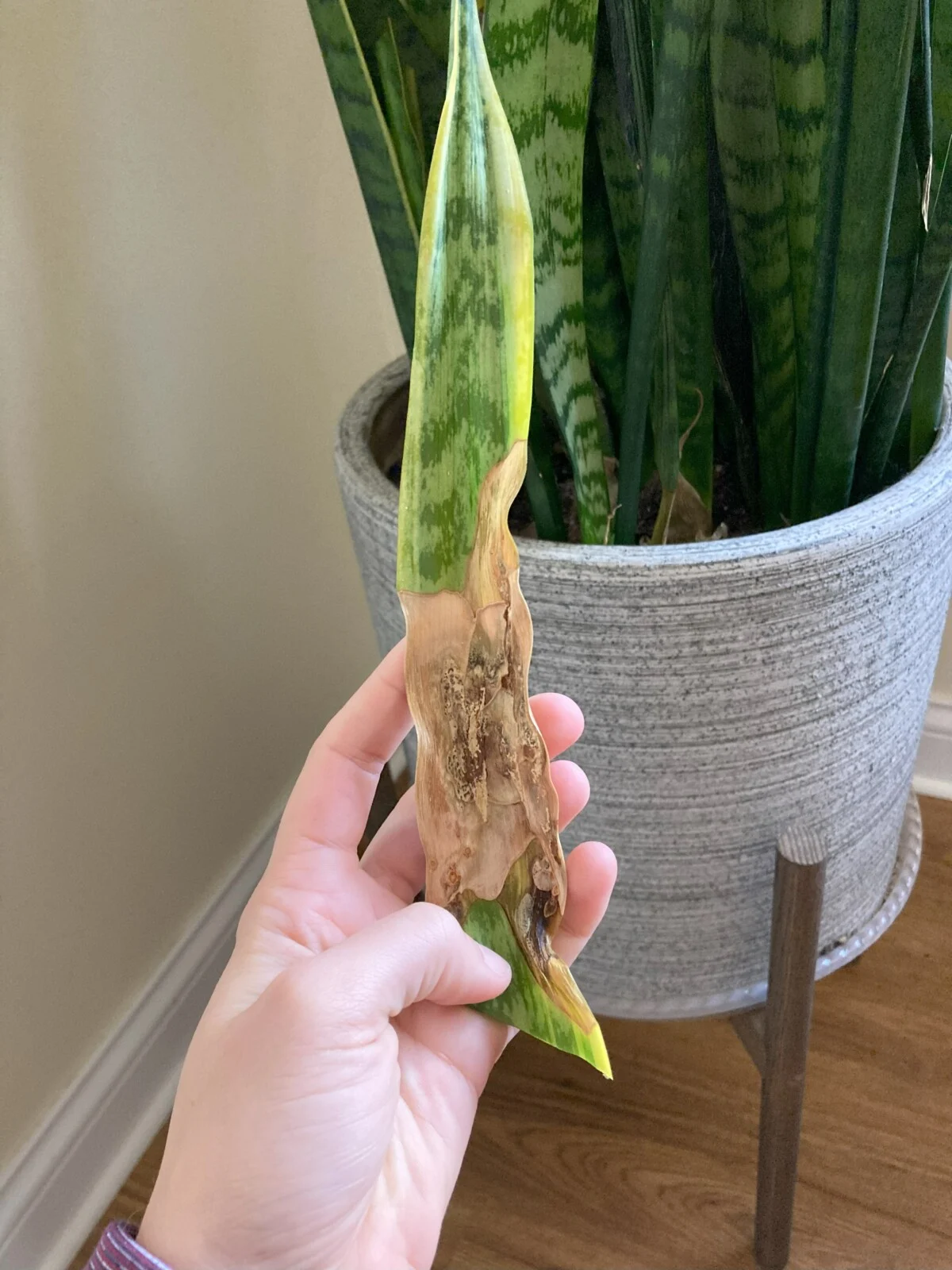
Isolate the tallest leaves and cut them at the soil line with a sterile cutting tool. While pruning is possible at any time, plants experience the least amount of stress in winter.
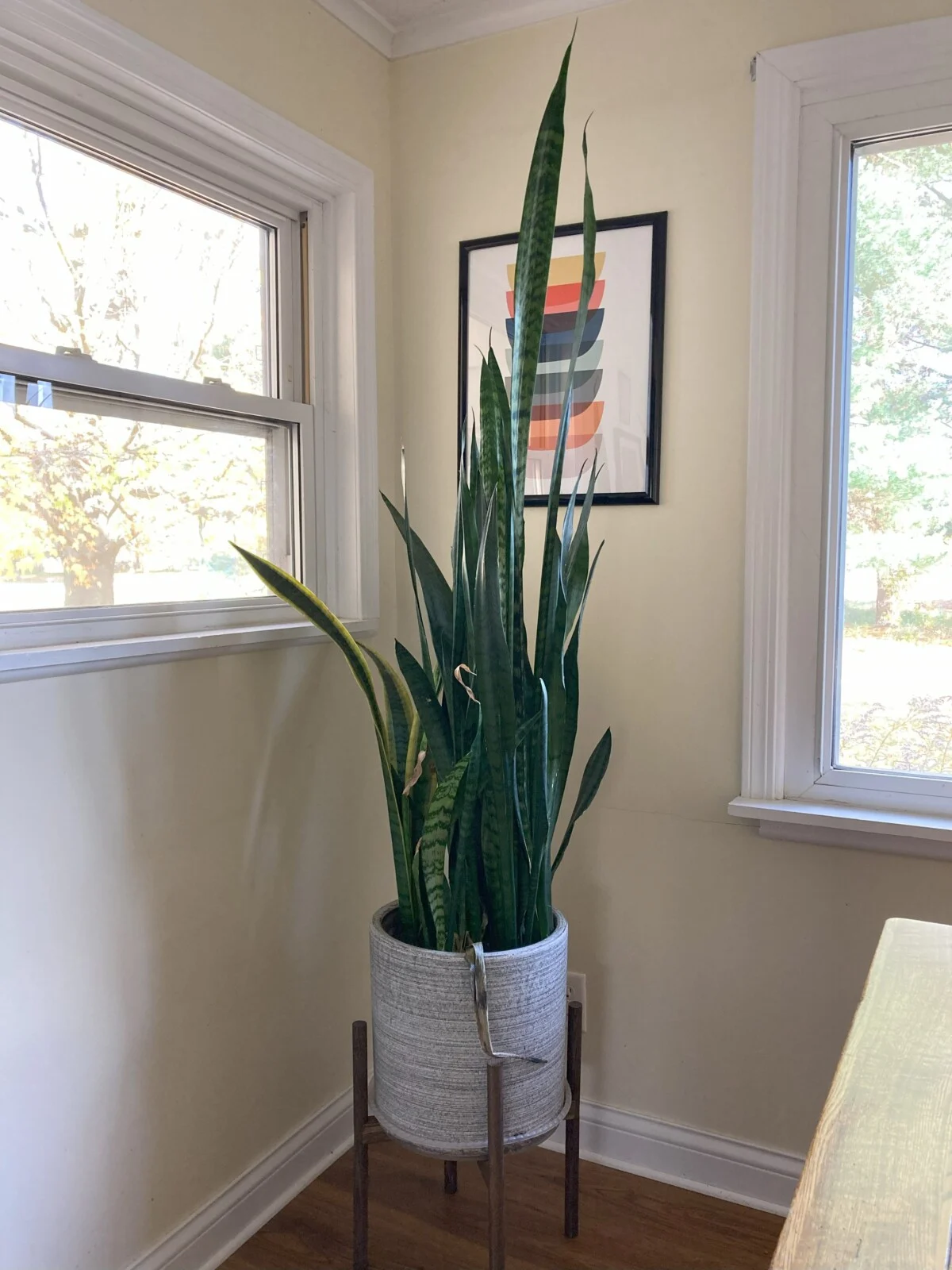
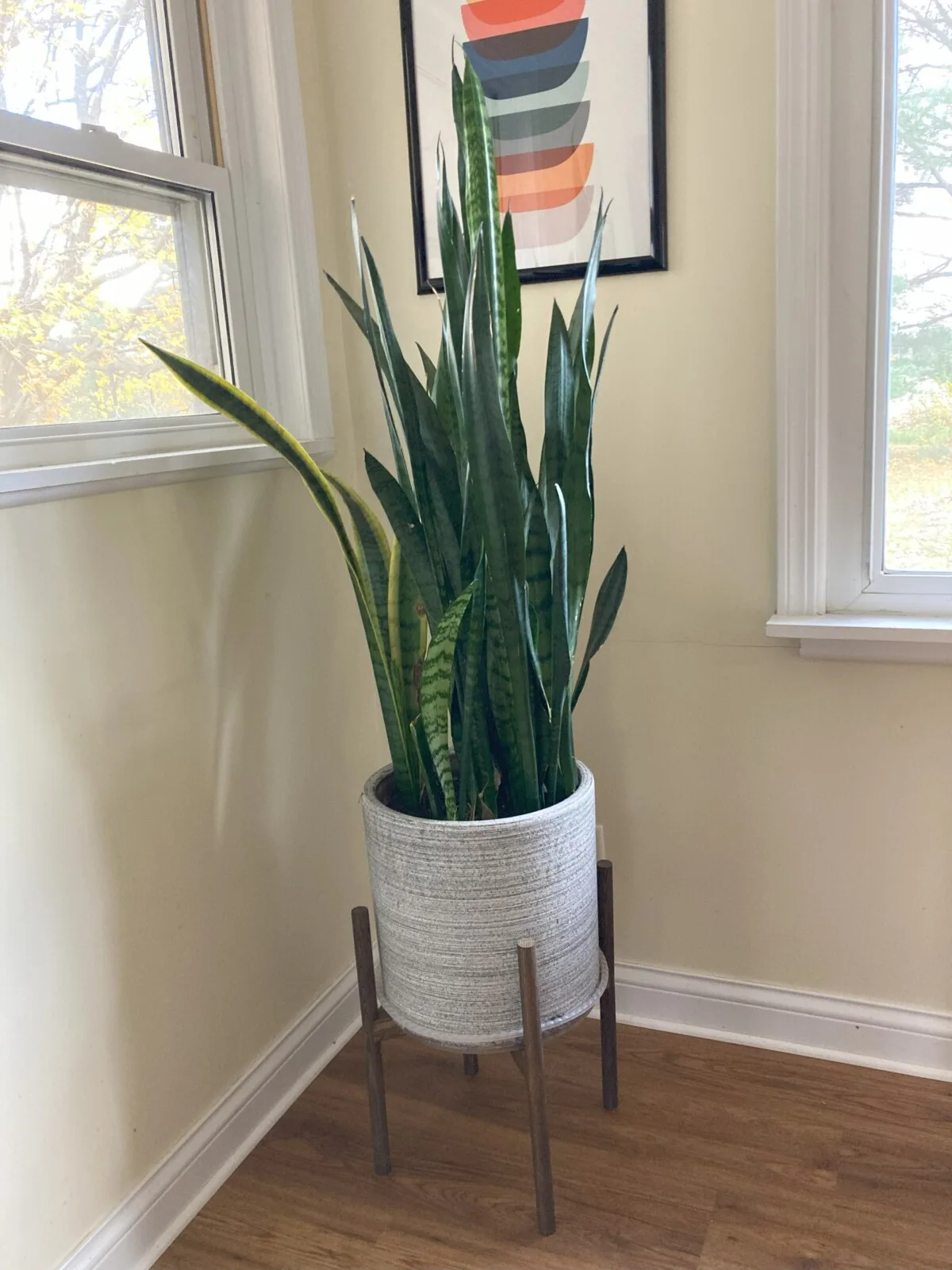
Read Next:

Get the famous Rural Sprout newsletter delivered to your inbox.
Including Sunday musings from our editor, Tracey, as well as “What’s Up Wednesday” our roundup of what’s in season and new article updates and alerts.


